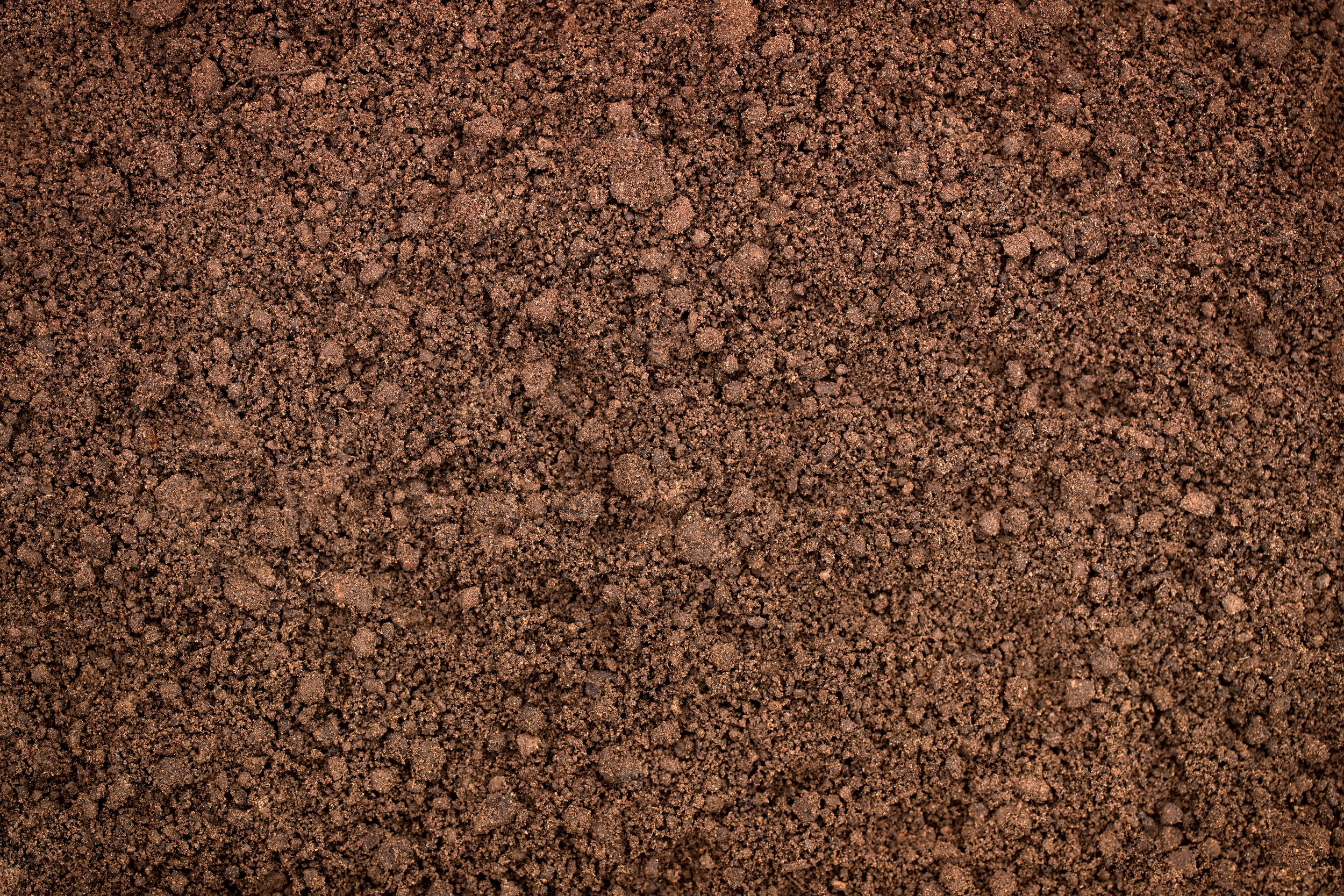Everything you need to know about footings
There is a common misconception about the difference between the terms ‘foundation’ and ‘footings’. In this blog, we discuss the difference between the two, the types of footings and the pros/cons of each one.
Foundation or Footing. Is there a difference?
Foundations and footings, are they the same thing? Often, we hear people refer to footings as foundations. Using the terms interchangeably has become accepted in everyday language. Yet, it is incorrect according to the Australian codes and standards. So, what makes them different? Let's break this down:
AS2870, the standard for Slabs and Footings, defines foundations as the ground that supports the footing system. The most common type of foundation we see in most of Melbourne is clay. Some others include silt, gravel, sand and rock. The type of foundation you have on your property determines the type of footings your building will be subject to.
The same standard for slabs and footings defines footings as slabs, piers and pile systems that transfer load to the foundation. In layman's terms, footings are the middle men between the house and the foundation that it stands on.
So, now that we have defined the difference between the two, let's discuss some of the most common types of footings. These include:
Timber stumps
Concrete stumps
Masonry piers
Raft slabs
Waffle pod slabs
Bluestone footings
Each type of footing has its own unique characteristics and is suitable for different types of buildings and soil conditions. In this blog, we will explore each type of footing in detail and discuss the pros and cons of each.
Timber stumps
Timber stumps are one of the oldest and simplest types of footings. They are cut from large logs and then buried in the ground and used to support the weight of a building. Timber stumps are commonly used in areas with soft soil and are suitable for small to medium-sized buildings.
One of the main advantages of timber stumps is their relatively low cost of installation. They are one of the most cost-effective footings to install. Additionally, they are easy to repair if they become damaged. Timber stumps can also be packed if the building needs to be levelled.
Yet, timber stumps also have some disadvantages. They are not very durable and are prone to rot and termite damage. They are also not suitable for larger buildings due to their limited load-bearing capacity. Timber stumps also have a shorter lifespan than other types of footings and may need to be replaced after 25-50 years. Timber stumps were quite prominent up until the late 60s/early 70s and were rarely used after this point. Concrete stumps became the more common option.
Masonry Piers
Masonry piers are a type of footing made from bricks, or concrete blocks and are used to support the weight of a building. They are commonly used in areas with hard soil and are suitable for both small and large buildings.
One of the main advantages of masonry piers is their durability. They are long-lasting and can withstand the test of time. They are also able to withstand heavy loads and distribute the weight of the building evenly. Masonry piers also provide a traditional and aesthetic appeal to the building.
Some disadvantages include them being expensive to install and repair. The installation process also requires skilled labour and can be time-consuming. They are also heavy, which can make them difficult to move or adjust if needed. Additionally, masonry piers can be affected by moisture which can cause cracking or deterioration over time.
Concrete stumps
Concrete stumps are a type of footing that is like timber stumps, but they are made from concrete instead of wood. They are typically used in areas with harder soil and are suitable for larger buildings.
The most appealing thing about concrete stumps is their durability. They are more durable than timber stumps as they are not prone to rot and termite damage. Concrete stumps can carry a lot more weight than timber stumps so they are more suitable for larger buildings. Additionally, concrete stumps have a longer lifespan than timber stumps and can last for several decades. They also need minimal maintenance and are easy to clean.
Like timber stumps, concrete stumps also have some disadvantages. They are more expensive to install and repair than timber stumps. The installation process also requires formwork and curing time. This can make the process more difficult and time-consuming. Concrete stumps may not be suitable for certain soil conditions such as rocky or unstable soil. Furthermore, they are very heavy, which can make them difficult to move or adjust if needed. Another issue is that in rare cases, we have seen concrete stumps succumb to concrete cancer and crack yet this does not happen often.
Raft slabs
A raft slab is a flat concrete slab that is poured at ground level and spans the entire footprint of a building. An excavator is used to dig out trenches for the deeper sections. The slab is reinforced with steel and is designed to spread the load of the building evenly across the soil beneath it.
Raft slabs have become a lot less common due to the significant price tag that they attract. They tend to be more expensive to construct as they need skilled/qualified labourers with specialised equipment.
Raft slabs can be beneficial in areas where the soil is not suitable for traditional foundations. A perfect example would be an area with poor moisture conditions in the ground. They can also be used in areas where the building is located on a slope or uneven ground.
Bluestone footings
Bluestone footings are a type of footing that is made from large bluestone rocks. They were commonly used during the Victorian era but ceased in popularity in the early 20th century.
One of the main advantages of bluestone footings is that they are durable. Bluestone is a strong and hard-wearing material that can withstand the test of time. Additionally, the colour and texture of bluestone can provide an aesthetic appeal to the building.
Like many of the others we have already covered, the installation of bluestone footings are costly and time-consuming. Bluestone requires specialized equipment and skilled labour for its installation. Bluestone is also a heavy material which can make it difficult to move or adjust if needed. The natural variations in the colour and texture of bluestone make it difficult to match existing footings if repairs are needed. Another main issue is that they do not contain any reinforcement. This means that they will need over pinning as well as underpinning if they subside too far.
Waffle pod slabs
A waffle pod slab is a type of footing that is made from reinforced concrete and is used to support the weight of a building. It is like raft slabs and is commonly used in areas with poor soil conditions, although in these cases it should be supported by bored piers. Waffle pod slabs are the most commonly used slab for new home construction in Victoria.
The main advantage of waffle pod slabs is that it is cheap to do. The use of styrofoam pods to create voids saves significant costs as it can be prepared by unskilled labourers but this can be a downside. Cutting costs on labour can be evident in the quality of work and the longevity of the footing.
The pods are also buoyant. If they are not secured properly, they can lift when the concrete is poured. This can result in insufficient cover and affect the design life of the slab. These issues are undetectable without specialised concrete scanning equipment.
So, which one is right for you?
It is always important to consult a structural engineer before being able to determine which footing will work best for you. There are many factors that will be taken into consideration by the engineer when making the determination. This would include the soil conditions and the type of project that will be completed.
Stumps are easy to add extensions to, if that’s your goal. They are generally cheaper to construct which helps in cutting landscaping costs if the property contains a steep slope. Yet, they may need to be re-levelled every ten or so years to remain level. This is an ongoing cost that should be taken into consideration when weighing up the benefits.
Slabs experience less movement and are the easiest to source trades to build them but are expensive. Waffle pod slabs are more prone to movement and without bored piers may not be suitable for more expansive soil. More expansive soil are often found in the northern and western suburbs of Melbourne.
Bluestone footings are extremely expensive although they do have a timeless aesthetic. They may be required in some areas with a heritage overlay.
All options have benefits and downsides to them, so it’s about knowing what will work best for your individual situation.
How can we help?
Each type of footing has its own unique characteristics and is suitable for different types of buildings and soil conditions. Timber stumps, concrete stumps, masonry piers, raft slabs, waffle pod slabs and bluestone footings are all options to consider when building a footing. It is important to consult with a structural engineer to determine the best type of footing for your building project. Contact us today to arrange a consultation.
Resources:
www.vba.vic.gov.au/
www.engineersaustralia.org.au/
www.mbav.com.au/
The Australian Standards (AS2870)





